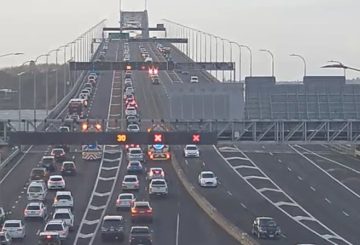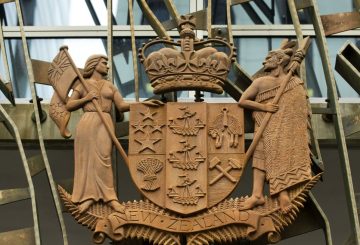Kinilala ng mga pinuno ng industriya ng pagkaing-dagat na malamang na mas maingat ang mga mangingisda sa pag-uulat ng bycatch species mula nang ipinakilala ang mga on-board camera. Dumating ito matapos magpakita ng data mula sa Ministry for Primary Industries (MPI) ang isang makabuluhang pagtaas sa mga pagkuha ng dolpin at iba pang mga isda at ibon sa dagat ng industriya ng komersyal na pangingisda mula nang ipinatupad ang patakaran. Ang data, na may petsang 1 Abril, ay nagpakita ng pitong beses na pagtaas sa mga kapag ng Dolphin mula nang ipinakilala ang mga camera, kumpara sa panahon mula 2018 bago ang rollout. Ang bilang ng mga species ng isda na naiulat sa mahuli ay tumaas ng 34 porsyento, at ang mga pagtatapon ng isda ay tumaas ng 46 porsyento.
Sinabi ng Seafood New Zealand na maaaring maging mas maingat ang mga mangingisda sa pag-uulat ng bycatch species dahil sa naka-board camera. Sinabi ng punong ehekutibo na si Jeremy Helson na ang pagtaas ng pag-uulat ay hindi inaasahan. Idinagdag niya na patuloy na namumuhunan ang industriya sa mga paraan upang mabawasan ang hindi kanais-nais na mahuli.
Gayunpaman, ang kumikilos na punong ehekutibo ng higanteng pagkaing-dagat na si Sanford, si Craig Ellison, ay nagdulot ng mga alalahanin tungkol sa patakaran ng camera na nakakaapekto sa privacy ng mga crew ng pangingisda at Ang Sealord, isang kumpanya na nagsasagawa ng mga operasyon sa pangingisda sa malalim na tubig, ay walang mga camera sa kanilang mga barko dahil nalalapat ang patakaran sa inshore trawling. Tinanong nila ang modelo ng pagpopondo ng patakaran at iminungkahi na dapat pondohan ng gobyerno ang mga camera.
Sinabi ng Greenpeace na ipinakita ng mga numero na nagkaroon ng “mass underreporting” ng industriya. Nadama ng propesor ng zoolohiya ng Otago University na si Liz Slooten na ang pagsubaybay ay nanatiling mahirap sa loob ng ilang pangisda, sa kabila ng pagpapakilala ng mga camera





























































